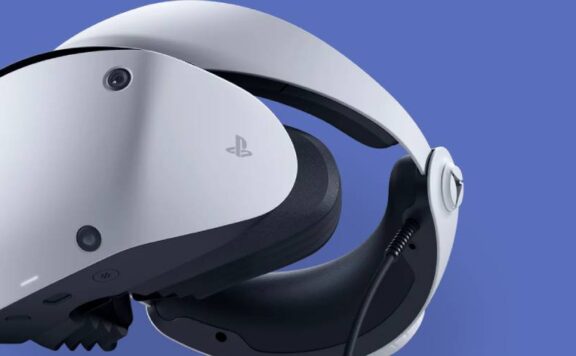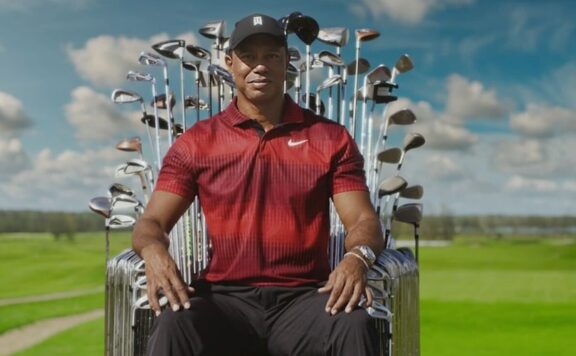The big Dreams VR update arrives tomorrow, July 22nd, adding full PSVR support to Media Molecule’s latest creation oriented game and opening the door for end users to weave all manner of new VR experiences and universes.
But how will you know what levels are going to give you a good VR experience? Sony have clarified how this will work and how levels will be tested and approved.
Update: We misunderstood some of the settings Sony outlined and have updated the story below.
Creations will be filtered into four categories: Non-VR, VR Compatible, VR Only and Not Sure. These can be picked by the creator as they publish the level, with all content published before the update automatically set to “non-VR” and everything after automatically set as “Not Sure”.
Update: Non-VR creations cannot be seen by default and can only be entered using PSVR in cinema mode, but everything published after the update will default to Not Sure, which can be played in VR mode with a warning for players.
Creators will simply choose a setting on the cover page, but creators will have to have entered the creation in VR and visited all of the scenes before they can enable it for the default VR filters.
By default, putting the PSVR headset on will automatically filter and curate the content you see to VR Compatible and VR Only.
That said, you can switch off the filter and play any Dreams content in VR, whether it’s been optimised or not. Speaking to David Smith, Co-Founder of Media Molecule and Technical Director of Dreams VR, he enthused about Dreams’ ability to let VR players enter content not originally created for it.
He told us, “I’ve been testing this by going through a lot of the top community levels and our own content, and seeing how clever we can be in making sure this automatically works. So the camera controls, the character controls, how cutscenes work, how on-screen text… What’s the thing we can do that means that a lot of the time it will just be OK. Often the user will then want to go in and tweak some things, because there’s some things where we can’t just magically know what the user intended.
“And then there’s the point where you’d just make some different decisions in VR. The scale of the world, you have a different approach as to what the experience is you’re trying to make and how you can direct the focus of the player.
“A person like me, I just say ‘I’m experienced in VR, just show me everything!’ I’m glad there’s these comfort options there by default, but what I will tend to do is turn off that filter, so now I can play all of the content in VR. Some of it is not going to work, the frame rate could be too poor, or it’s really not designed for VR, and I’m looking through a wall or things are too close to my face, but I know for a fact that there’s a lot of content, especially the more experiential ones where you’re just wandering around a beautiful world, which tend to just work automatically very well.”
It all sounds rather encouraging, and you can find the full interview here. We can’t wait to dive in to see for ourselves.
Source: Press Release




